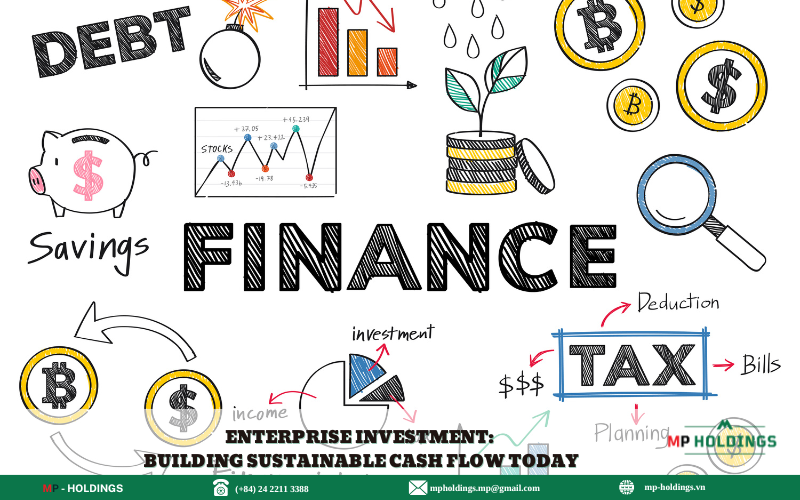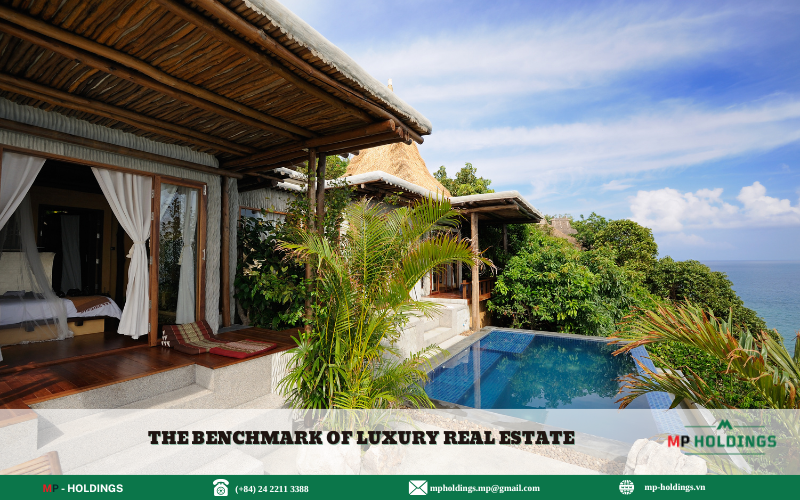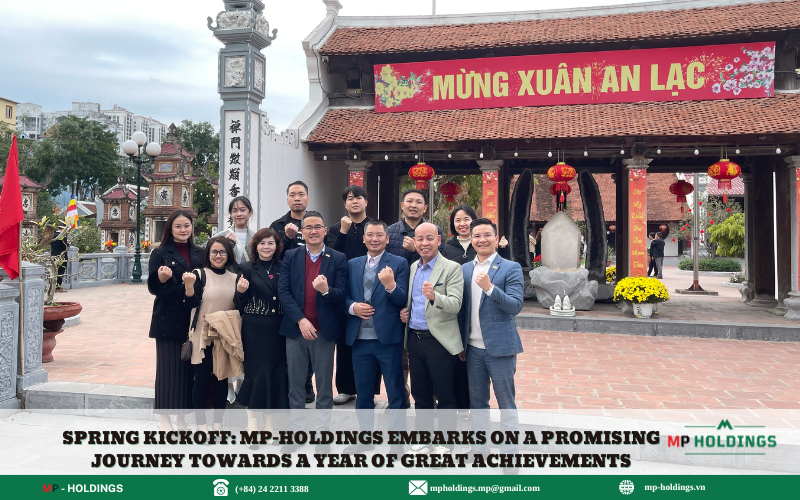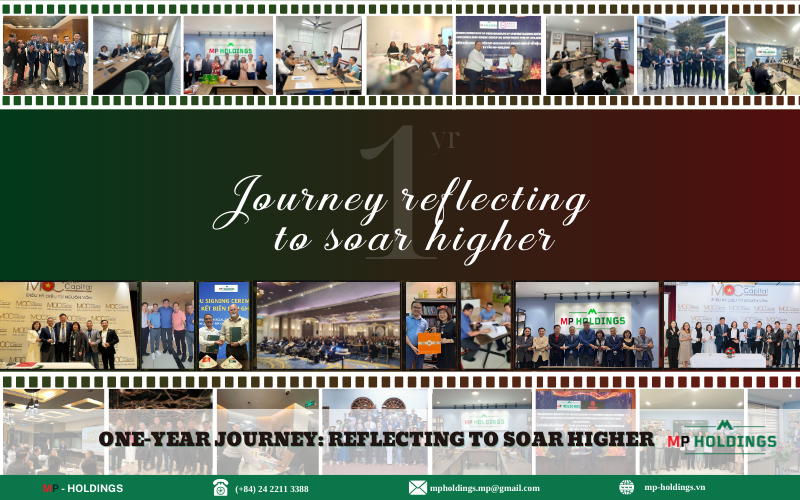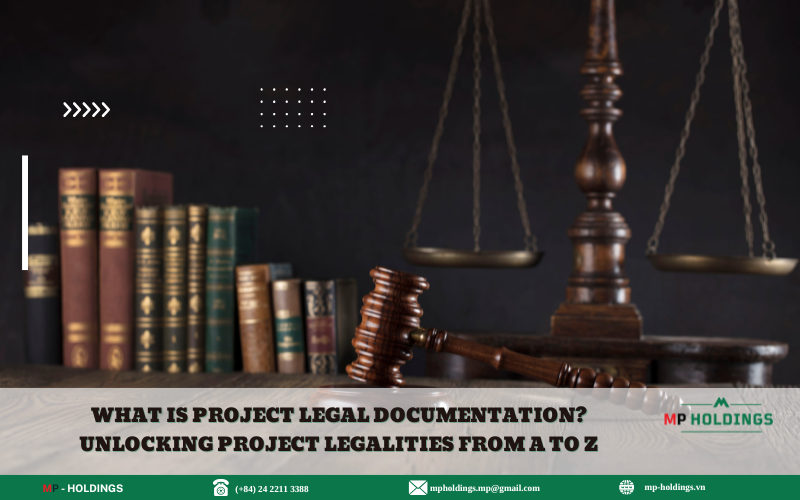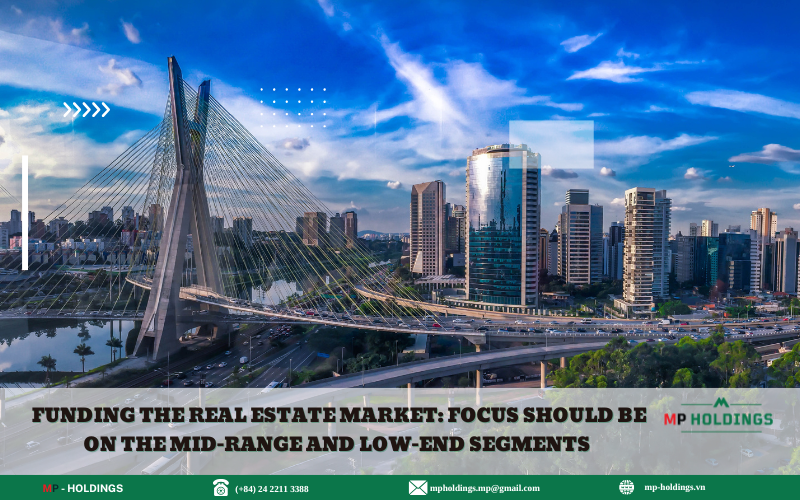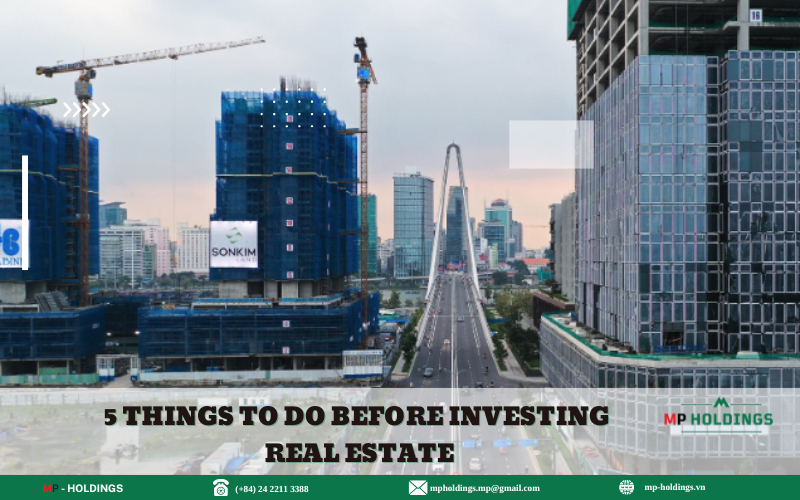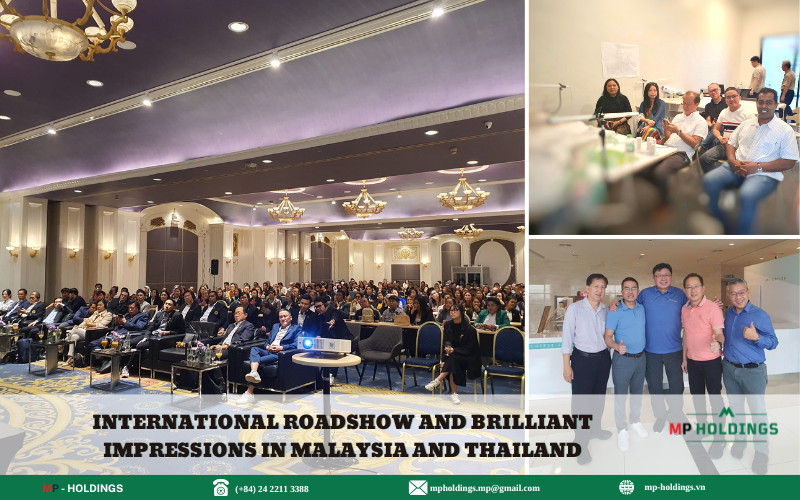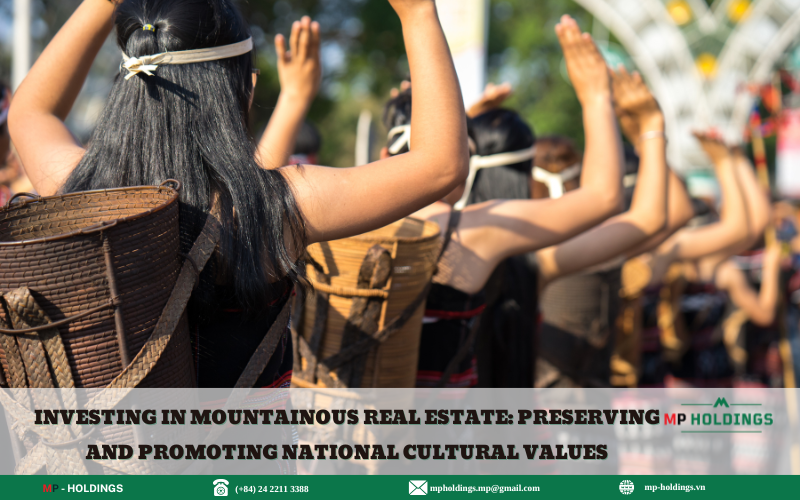Vietnam’s housing supply is expected to rise sharply, while industrial and commercial real estate continue to thrive this year.
1. Strong Housing Supply Growth
The year 2024 marked a robust recovery across various housing segments, led by the apartment sector in Hanoi. According to CBRE, nearly 30,000 primary market units were introduced, effectively ending the prolonged housing shortage in the capital.
Moving into 2025, apartment supply is forecasted to surge. In Hanoi’s third phase of the 2021–2025 housing development plan, the municipal government revealed that 85 projects are undergoing investment preparation procedures, set to introduce nearly 50,000 units. Additionally, 26 projects expected to be completed post-2025 will add approximately 10,000 more units.
OneHousing, a real estate services firm backed by Masterise Homes and Techcombank, estimates that Hanoi will see around 30,000 newly launched apartments in 2025—on par with the market peak between 2016 and 2019. Notably, nearly half of these units will come from the eastern region, while 19% will be in the northern areas of the city. Meanwhile, Ho Chi Minh City is expected to launch about 12,000 apartments this year.
Despite the supply increase, high-end properties continue to dominate. OneHousing predicts that nearly 70% of new apartment supply in Hanoi will be priced between 50–80 million VND per square meter. In Ho Chi Minh City, the premium and luxury segments may account for up to 88% of primary supply.
Additionally, low-rise housing supply is showing strong growth potential, particularly in suburban urban areas. This upward trend, which began in 2024, saw 5,000 newly launched units—the highest figure in recent years, according to CBRE.

A notable bright spot in the residential market is the rise of social housing projects. Since late 2024, numerous affordable housing developments have broken ground or received construction permits in Hanoi, with completion expected in 2025. For example, the NO1 Ha Đinh project with 440 apartments and the CT1 building in the Thuong Thanh social housing zone in Long Bien, offering nearly 600 units, have been approved and launched.
The Handico-Viglacera joint venture plans to begin construction on part of the social housing project in Kim Chung New Urban Area, Đong Anh District, featuring three 12-story towers that will add over 1,100 units to the market.
2. Industrial Real Estate Continues to Be the Market’s ‘Star’
Beyond housing, industrial real estate remains a standout sector. In 2024, Vietnam made significant strides in attracting high-tech investments, transitioning from a manufacturing hub to a center for design, research, and development (R&D) for global tech giants such as Apple, Nvidia, and Samsung. According to the Ministry of Planning & Investment, Vietnam currently hosts 174 foreign direct investment (FDI) projects in the semiconductor sector, with a total registered capital of nearly $11.6 billion.
Global manufacturers are expanding their production bases under the “China +1” strategy and supply chain diversification efforts, fueling a wave of industrial real estate mergers and acquisitions (M&A) in Vietnam.
According to Cushman & Wakefield Vietnam, the past four years saw a total M&A transaction value of $2.94 billion, with 40% allocated to industrial real estate.
This segment also led the real estate transaction volume in 2024, noted David Jackson, CEO of Avison Young Vietnam. In southern Vietnam, 10 industrial park projects received investment approval, predominantly in Long An and Đong Nai, covering nearly 4,600 hectares.
“Industrial and logistics real estate remains the top choice for foreign investors,” remarked Jackson.
Supply in this segment is expected to increase significantly as multiple new industrial parks receive approval and break ground nationwide. In the first weeks of 2025 alone, five major industrial zones were approved for investment in Hai Phong, Đa Nang, Can Tho, Đak Lak, and Nghe An, spanning a total area of over 1,600 hectares.
Given the strong FDI inflows, Avison Young forecasts that industrial land rental prices in key northern and southern markets will rise by 2–5% per quarter.
3. Office and Retail Real Estate to Heat Up
The office and retail real estate sectors are also poised for a strong performance in 2025.
In the office market, rising demand is expected to push rental prices higher in Hanoi and Ho Chi Minh City.
According to Cushman & Wakefield, Hanoi is set to receive 24,500 square meters of new office space, with rental prices expected to increase by 1.7–2.2% annually until 2026. From 2027 onward, rates could rise by another 1% per year.
Similarly, Ho Chi Minh City’s office rental rates could increase by 5% this year, driven by expanding and relocating corporate offices within Grade A buildings. Notably, the new urban zones of Thủ Thiêm and Phú Mỹ Hưng are emerging as key office hubs.
Meanwhile, Vietnam’s booming consumer market is accelerating retail real estate expansion. This has prompted major retail giants to ramp up their expansion plans, further boosting demand for retail spaces.
For instance, Japanese retail giant Aeon has aggressively expanded in Ho Chi Minh City, Binh Duong, Hue, and Đa Nang, investing $1.5 billion in Vietnam over the past decade.
Savills Vietnam reports that Vietnam’s rising middle class and affluent young consumers are driving demand for premium retail spaces, making the country a prime target for luxury brands. According to Statista, Vietnam’s middle-class population is projected to exceed 50 million people by 2030.
“This trend presents an attractive opportunity for retailers looking to capitalize on the growing shopping mall sector,” said Trinh Huynh Mai, Deputy Director of Commercial Leasing at Savills Hanoi.
Conclusion
Vietnam’s real estate market in 2025 is poised for strong growth across three key sectors:
✅ Housing supply is set to expand, especially in Hanoi and Ho Chi Minh City, with an emphasis on premium and social housing developments.
✅ Industrial real estate continues to shine, fueled by FDI inflows and high-tech investment, with rising industrial land prices.
✅ Office and retail real estate are heating up, as corporate expansions and consumer spending drive demand for premium commercial spaces.
With these positive trends, Vietnam’s real estate sector is set for an exciting year ahead, offering numerous opportunities for investors, developers, and businesses.
Source: VNExpress


